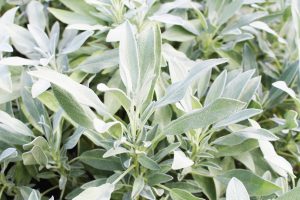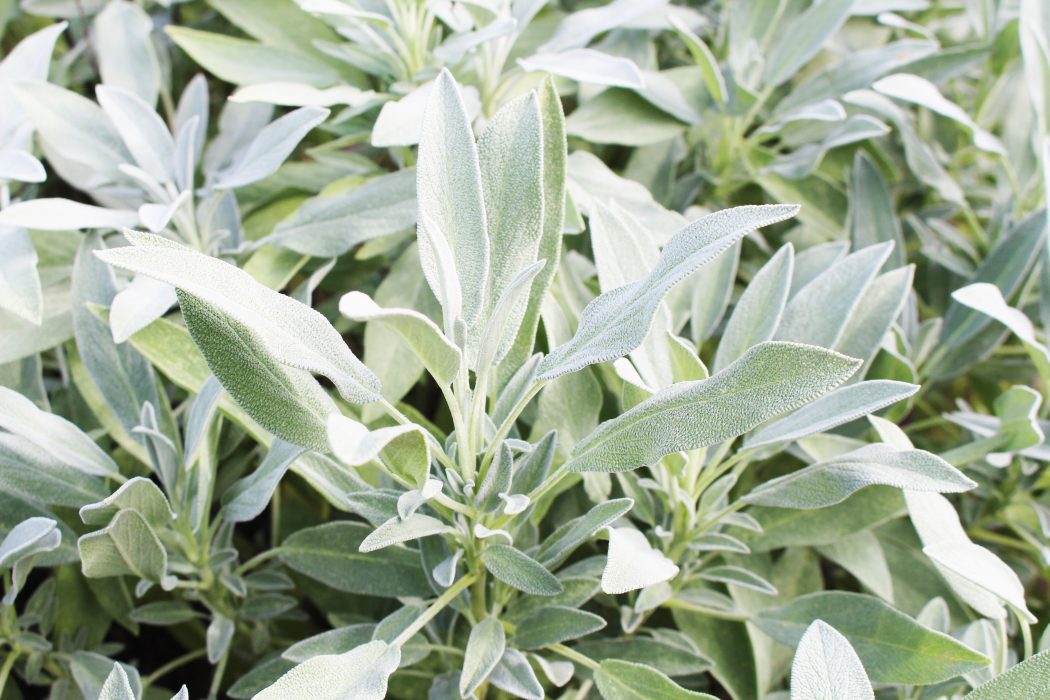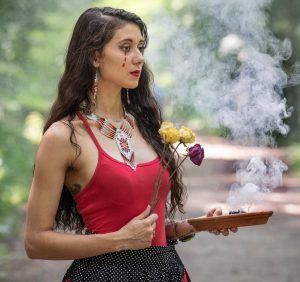 The coming of the New Year is a time of renewal and self-reflection. It is a time to throw out old habits and set intentions for growth and prosperity. The most popular changes usually result in overcrowded gyms and dropping the number of trips made to your favorite fast food chain. Integrative medicine offers a number of modalities to self-optimize and become the ideal you. Yoga, meditation, Qi-gong and a number of other wisdom traditions are added to lists of self-optimization techniques. Several of the most popular integrative medicine modalities have their roots Indigenous societies. However, there is a debate about Indigenous wisdom traditions becoming commodified and distorted. In a world shaped by colonialism, there is a question of who owns the medicine and who should have access to the medicine.
The coming of the New Year is a time of renewal and self-reflection. It is a time to throw out old habits and set intentions for growth and prosperity. The most popular changes usually result in overcrowded gyms and dropping the number of trips made to your favorite fast food chain. Integrative medicine offers a number of modalities to self-optimize and become the ideal you. Yoga, meditation, Qi-gong and a number of other wisdom traditions are added to lists of self-optimization techniques. Several of the most popular integrative medicine modalities have their roots Indigenous societies. However, there is a debate about Indigenous wisdom traditions becoming commodified and distorted. In a world shaped by colonialism, there is a question of who owns the medicine and who should have access to the medicine.
Historically, with the opening of trade routes and travel to various parts of the world there has been a steady exchange of goods between civilizations. From some of these exchanges new medicines and forms of spirituality were created and some have been destroyed by greed in the spirit of conquest and ownership. Policing sacred medicines comes from a place of hurt and mistrust. Historical injustices have imposed a great deal of trauma on Indigenous populations across the globe. The overwhelming desire for those in power to expand and conquer has left many Indigenous populations destitute with high levels of depression, suicide, diabetes, and a number of other negative outcomes, and has also left Mother Earth wounded and depleted of her gifts to us.
While using medicines from Indigenous wisdom traditions, it is important to acknowledge the creators and original users of the medicine. There were times when these original users were not allowed to practice their medicine or spirituality. The Native American Religious Freedom Act was passed in 1978. Before this legislation, Native Americans had to practice their medicines in secret ceremonies. The irony is that today people search for their “spirit animal” on commercialized “spirit quests,” which entail shamanic practices with undefined cultural roots. Ceremonial herbs, especially sage, have been commercialized to the extent that sage fields are becoming depleted and the original users have difficulty gaining access to their ancestral medicines. Sage, sweet grass, tobacco, and cedar are harvested at certain times and with traditional methods that heightens their effectiveness in ceremony.
The true medicine people say that if someone needs medicine, then give it to them. Mother Earth shows no prejudice or discrimination. She produces fruit for all of humankind, and she will continue to do so if we take care of her.
We are all on our own path to healing. However, if we are welcomed into a circle of ceremony and granted entry to some holy temple outside of our own culture, the first thing we must do is show respect and humility. As we are guided through a process, we should protect the remedy as if it is our own. We must be aware of the dangers of using medicines inappropriately, at the wrong times and for the wrong reasons. Society must realize that what some may considered borrowed, others consider stolen.
An example of stolen medicine from the Indigenous community is Essiac, a commonly sold supplement comprised of burdock root, turkey rhubarb, sheep sorrel, and slippery elm. In Canada during the early 1900’s, a cancer nurse by the name of Rene Caisse co-opted a medicine man’s remedy that allegedly cured breast cancer. She began making the decoction one of her patients shared with her for all of her patients. There are anecdotal accounts of this tea remedy healing cancer, but these claims are not evidence based. Since the early 1900s, Essiac has moved from a home tea remedy to a supplement on the shelf in whole food stores. Was it right for Caisse to take this remedy and market it as her own creation? No, because the original remedy was created by a medicine man for a specific patient. Traditional medicine people are trained and in many cases gifted with the ability to create holistic remedies based on each individual. It’s no wonder why the majority of Essiac studies have a lack of correlation with halting the proliferation of cancer cells.
Implying that we own medicine is a not an indigenous-centric construct. Nonetheless, using these medicines without permission from the original people, profiting from the medicine, and misappropriating the intellectual source is not only criminal, but dangerous. Practicing and mixing medicines and ceremonies without understanding the mental, physical, spiritual, and emotional repercussions can cause unintentional harm to self or others. For those in desperation for deep healing, it is vital to seek out the appropriate counseling from experienced practitioners, just as anyone would seek out medical attention from a licensed western or “conventional” medicine physician. Herbs and ceremonies require more guidance than self-practice and creative modalities such as meditation, music, and art.
The key to healing and self-optimization is to find your medicine. Seeking out wisdom and guidance from experienced healers and practitioners is the safest and least problematic way to find the best medicine for you. Communicate with your physician about any herbs, supplements, or other integrative modalities that you are using. Herbs and supplements can have harmful side effects and negative interactions with pharmaceuticals.
Aminah Ghaffar is a Lumbee and African American Indigenous Advocate from Pembroke, NC. She has a BS in Biology from ECU, where she also competed for the track and field team, and a MS in Physiology and Biophysics from Georgetown.


There are no comments
Add yours